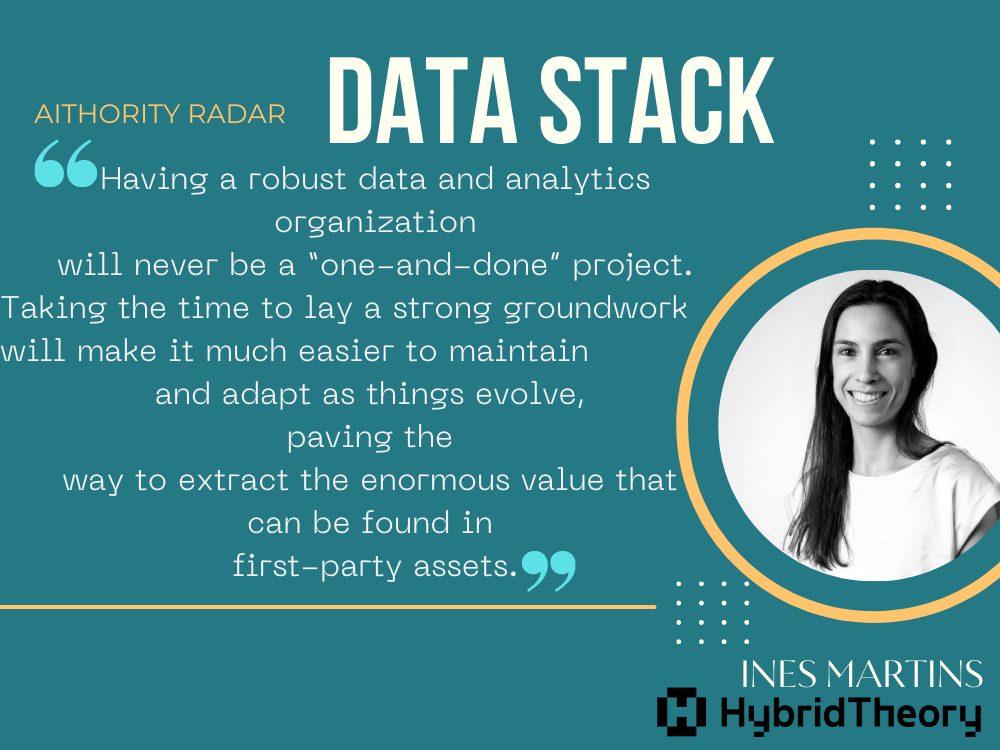Four Steps to Aggregating Marketing Data at Scale
This article discusses how to maximize the value out of your first-party marketing data and turn its potential into a true competitive advantage.
 Given today’s increased consumer protection regulations, as well as the deprecation of user-tracking mechanisms such as third-party cookies, marketers have begun to take a much more privacy-focused stance on the data they collect to inform their advertising strategies. They are also actively engaging with various technology partners to explore other available options.
Given today’s increased consumer protection regulations, as well as the deprecation of user-tracking mechanisms such as third-party cookies, marketers have begun to take a much more privacy-focused stance on the data they collect to inform their advertising strategies. They are also actively engaging with various technology partners to explore other available options.
This shift has clarified the importance of prioritizing first-party data as a key business asset to help brands set themselves apart from the competition.
Here, in this article, we explore some suggestions on how to maximize the value of first-party marketing data and turn its potential into a true competitive advantage:
Getting your house in order
Email subscriptions, content download forms, and website purchases are among a wide variety of customer data sources. And even with the departure of third-party cookies, first-party cookies will still exist, alongside the new technologies that continuously emerge, including alternative IDs such as RampID or UI 2.0.
Ensuring all different data sources are collected and stored in a consented, unified fashion is the key to making data work harder for you. Businesses should take the time to plan and invest in a good internal database with tight governance and operations processes to consolidate and standardize all different inputs.
There is a reason why 50% to 80% of a data team’s time relates to cleaning and wrangling tasks – even a state-of-the-art prediction algorithm needs a quality dataset to work with if we want to maximize the value of the output. An infinite amount of enrichment and analysis can follow, but this is a crucial first step.
Between customer data platforms, data connectors and no-code automation platforms, the analytics and intelligence space has evolved considerably and is now accessible to other roles in an organization outside of data science or engineering specialisms.
Measuring what matters and not settling for the status quo
Most marketing can be attributed to a few objectives, such as increasing market share or driving sales and revenue to an organization. However, it is not uncommon for advertising activities to be measured by KPIs far removed from those goals and with little connection to what CMOs are trying to achieve at a higher level.
Shifting from flawed last-touch attribution methods and toward metrics like brand recall and awareness, or marketing mix modeling, which takes into account all budget spent, will provide marketers with much more accurate answers about which half is working and which one is not.
While cookies force us to move away from one-to-one tracking, that doesn’t mean the measurement of ROAS will also go away. If anything, this is an excellent opportunity for companies to re-evaluate and rethink their current martech stack – questioning how each piece is or isn’t driving value, understanding precisely what it does, and not settling for inadequate black-box answers.
Connectivity is key
While the deprecation of tracking technologies such as third-party cookies will alter how we track online behaviors and the type of data collected, marketers can still tap into plenty of privacy-friendly alternative sources to uncover and act on new consumer insights.
Walled gardens, which often take the lion’s share of a brand’s advertising budget, typically generate very little information to inform other marketing mix areas. With over 60% of consumers’ time spent on the open web* however, there is no shortage of marketing data points available to inform strategy on key channels such as paid social or search.
With a reasonable amount of data, standardized and combined, it is possible to uncover new patterns and trends to inform what, why and where next. Look for partners and technologies that can help you connect and translate data from different places into actionable insights, moving from an assumptions approach to a data-driven operation. This is valid not only for media activation but also for other areas such as creative and content.
Partner smarter
The (very near) future is different from the world we are used to, and it is exciting to see the fast pace of innovation across most business specialisms. A growing number of companies are coming up with new and better ways to use data and analytics in order to understand customers more deeply and creatively enrich first-party audiences.
Speaking with brands, we know they want to go deeper into their data journey; we recommend that marketers look for partners who can adapt to their specific challenges and help make the complex simple, which is something Hybrid Theory embodies. This could be done by establishing a successful internal team, making the most of an organization’s data and analytics investments, or by using a more hands-on managed solution.
Having a robust marketing data and analytics organization will never be a “one-and-done” project.
Taking the time to lay a strong groundwork will make it much easier to maintain and adapt as things evolve, paving the way to extract the enormous value that can be found in first-party Marketing data assets.
[To share your insights with us, please write to sghosh@martechseries.com]
https://www.statista.com/statistics/1294563/time-spent-ad-spend-open-internet-walled-gardens-usa/








Comments are closed.